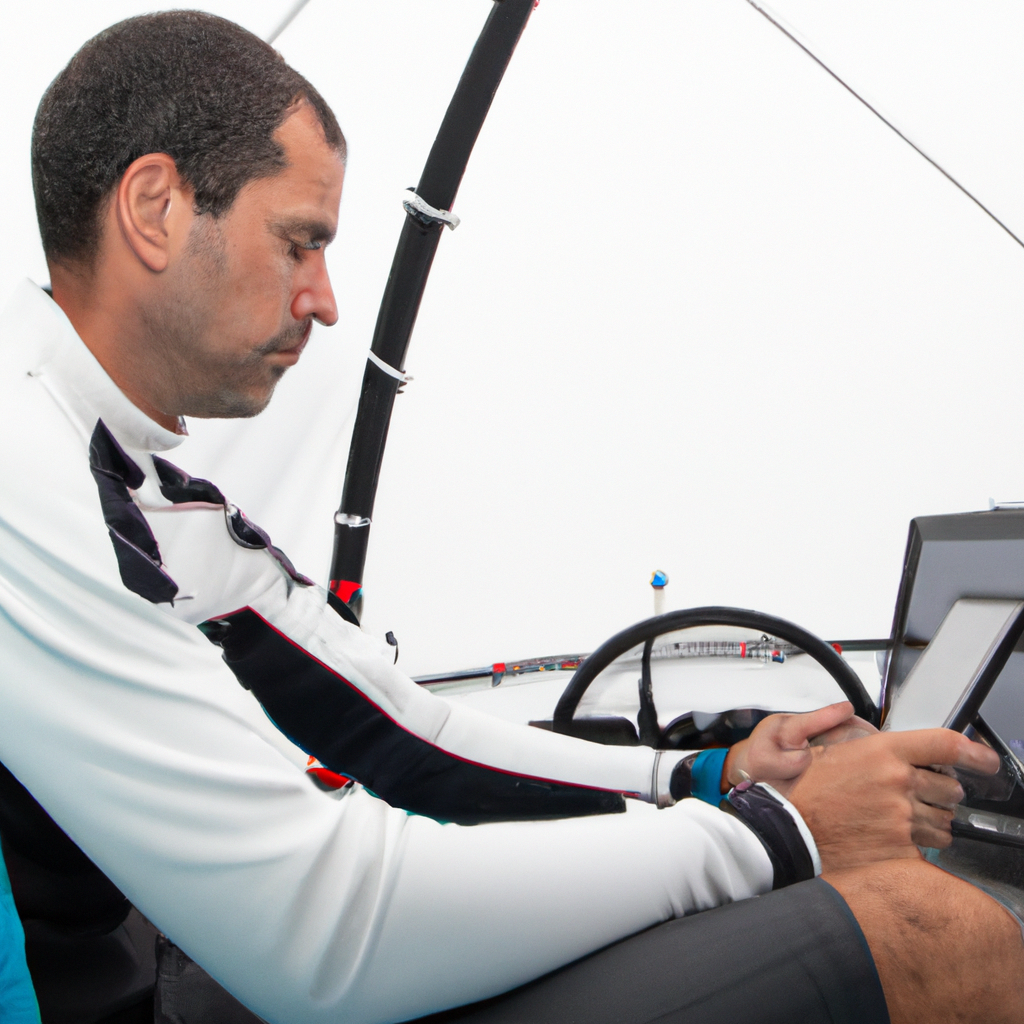Sailing in Cyberspace: Virtual Challenges and Competitions in the Nautical Community

The evolution of technology and digitalisation has touched all aspects of our lives, including the sporting field. In this sense, one of the communities that has known how to adapt to this new paradigm is the nautical community, which has found in virtual competitions and challenges a new way to enjoy its passion and test its skills. This article will delve into this interesting world, exploring the growing boom of virtual nautical competitions, the challenges and opportunities they represent, how they are transforming the nautical community and what obstacles must be overcome to successfully navigate the digital sea.
- 1. "The growing boom of virtual nautical competitions"
- 2. "Challenges and opportunities in the world of digital nautical"
- 3. "How virtual competitions are transforming the yachting community"
- 4. "Exploring the challenges of nautical sports in the virtual world"
1. "The growing boom of virtual nautical competitions"
In recent years, the world of sailing has experienced a digital revolution. Virtual sailing competitions are experiencing an unprecedented boom, providing enthusiasts around the world with a platform to compete and connect in completely new ways. The advancement of technology has allowed for the creation of realistic simulations that closely mimic real-world conditions and challenges, allowing participants to experience the thrill of sailing without ever leaving home. In addition, these virtual competitions offer an accessible venue for those who may not have the possibility to participate in physical sailing events, opening the door to a wider and more diverse audience. The growing popularity of these competitions indicates that virtual sailing is here to stay, transforming the sailing landscape and offering new opportunities for the global sailing community.
2. "Challenges and opportunities in the world of digital nautical"
Digitalisation has presented both challenges and opportunities in the world of sailing. Among the challenges are the need to adapt to new technologies and digital platforms, as well as managing online security and privacy issues. However, these difficulties are counterbalanced by a host of opportunities. Digital sailing has enabled the creation of virtual competitions, providing sailing enthusiasts with the ability to compete from the comfort of their own home. In addition, online platforms have created a global community of sailing enthusiasts, allowing collaboration, training and the exchange of ideas on an unprecedented scale. The use of simulation and virtual reality technologies has also opened up new possibilities for sailing training and practice, making the sport more accessible to those without easy access to boats or water.
3. "How virtual competitions are transforming the yachting community"
Virtual competitions are transforming the boating community in unprecedented ways. In an increasingly digital world, these competitions are allowing boating enthusiasts to compete and connect with others, regardless of geography. In addition to providing a platform for competition, these virtual experiences are opening up boating to a wider audience, allowing those without physical access to boats or the water to participate and enjoy the thrill of boating. Realistic simulations, real-time interactivity, and the ability to challenge others online are fostering a sense of community and camaraderie, while helping participants improve their boating skills. Likewise, these competitions are driving innovation in terms of boating technology and sailing strategies. In short, virtual competitions are making the boating community more accessible, interconnected, and dynamic.
4. "Exploring the challenges of nautical sports in the virtual world"
Exploring the challenges of sailing in the virtual world involves addressing both the technological complexities and learning opportunities presented in this environment. The first challenge is to recreate the unpredictable and versatile maritime conditions virtually, to provide a realistic experience for participants. This includes managing variables such as wind, currents, waves and weather. Another challenge is creating an intuitive and easy-to-use user interface that allows participants to effectively interact with the virtual environment. However, virtual sailing also offers unique opportunities for training and competition. Participants can learn and practice sailing skills in a safe and controlled environment, and can compete with others without the geographical limitations presented by traditional sailing.
